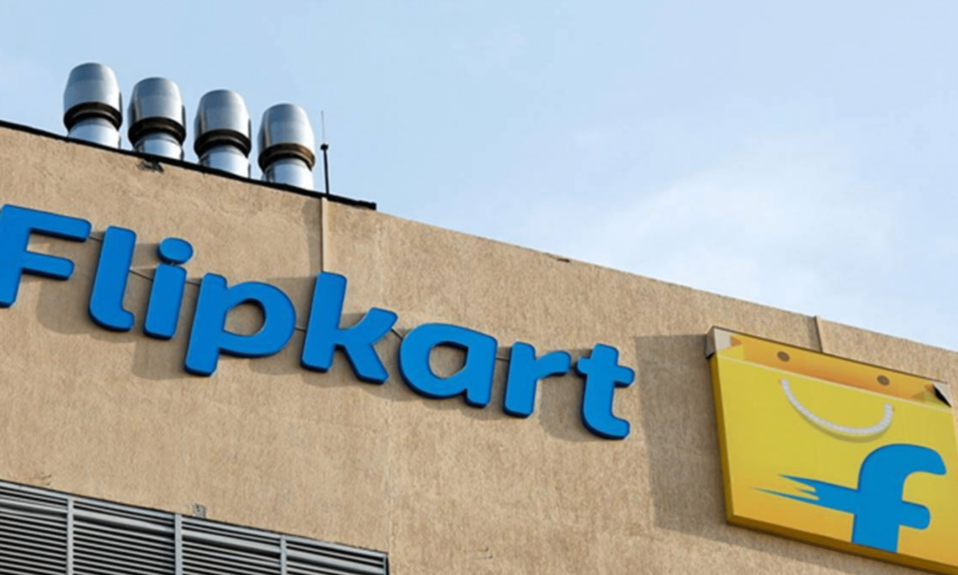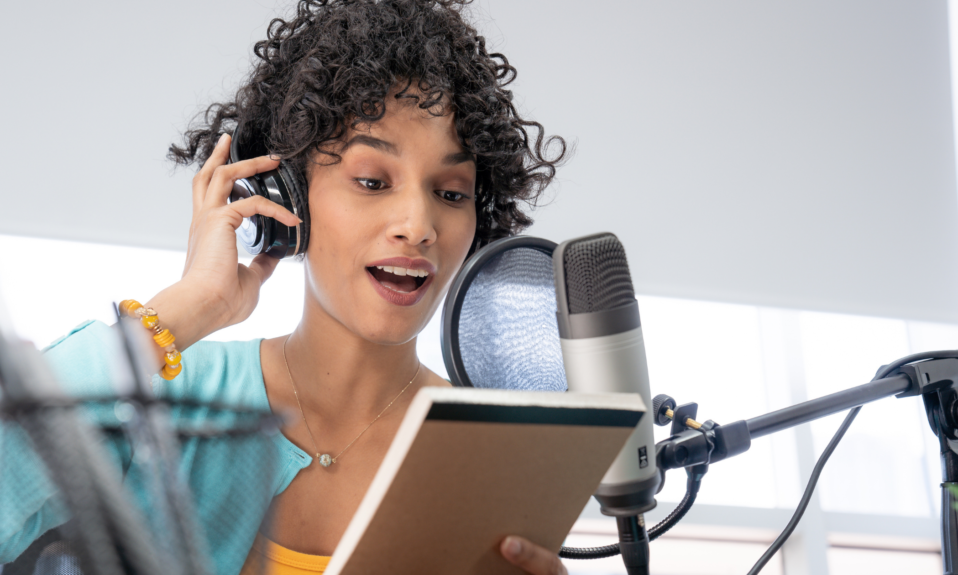
Thanks to the growth of TECHNOLOGY, businesses in India, like everywhere else in the world are switching from traditional to electronic means.
Considering the fact: India’s online retail market growth rate of 12% in 2020, I wanted to see and shed some light on the contributing factors. Flipkart and Amazon are the two companies that are contributing massively to this immense growth of online shopping in India.
In this article, I tried to answer questions related to Flipkart like:
How many people in India are Flipkart’s users?
How is Flipkart dealing with the competition and how is it growing?
Fascinating Facts
- Walmart is Flipkart’s parent company since 2018.
- Flipkart has more than 200 million registered users.
- In 2018, Flipkart was India’s largest online retailer with a 31.9% market share.
- In 2020, Flipkart Private Limited reported a revenue amount, around Rs 34,610 crore.
- Flipkart handles around 8 million shipments per month.
- Over 30.000 people work in Flipkart.
- Flipkart works with 200.000 sellers and 250.000 small sellers.
Amazon is Flipkart’s biggest competitor with a 31.2% market share in 2018.
General Flipkart Statistics
Flipkart Usage Statistics and Facts
Flipkart started as an online book portal in 2007 with headquarters located in Bangalore, India. Later on, transformed into electrics and then to fashion.
- In 2018, Walmart obtained Flipkart for $16 million and became a 77% stakeholder.
- Flipkart announced that there are more than 200 million registered users.
- In 2020, Flipkart Private Limited reported a revenue amount, around Rs 34,610 crore That is an increase of 12%, compared to the previous year.
- In 2018, Flipkart was India’s largest online retailer with a 31.9% market share.
India represents a growth opportunity for companies as Flipkart, thanks to the growing usage of the internet and smartphones.
One thing is sure, a large online company like Flipkart has many different things to offer to its customers, but have you ever wondered how many sellers are there on Flipkart?
Flipkart works with 200.000 sellers and 250.000 small sellers.
There are over 200,000 Flipkart sellers and 250,000 small sellers such as craftsmen, weavers, artisans.
Personal care, women’s clothing, food and nutrition, baby-care products, and home improvement tools are some of the categories in which these sellers operate.
Even in a Covid-19 pandemic, Flipkart’s micro, small, and medium enterprises (MSMEs) were giving their best and trying to keep their customers satisfied through a safe delivery.
MSMEs have shown the greatest interest in taking the business online. The interest is shown in several states, some of them are Uttar Pradesh, Delhi, Tamil Nadu, and West Bengal.
Flipkart handles around 8 million shipments per month.
So, how do these “8 million monthly shipments†translate to a REVENUE?
The reported Flipkart Revenue amount is around 346.1 billion Indian rupees for 2020. Which is 12% more compared to 2019 revenue numbers.
A Flipkart seller claims that he had started with 10 orders per day, but today he has over 10.000 orders on a daily basis. Which is pretty impressive, and a kind of inspiration for small businesses at the same time.
A company like Flipkart needs many employees to get the work done, right? So, how many employees does Flipkart have?
Over 30,000 people work in Flipkart.
As a huge e-commerce platform with approximately 8 million shipments per month, it is obvious Flipkart needs many employees. The organization of online sales needs numerous stages that involve manpower.
Some of Flipkart’s working categories are the following:
- Software Engineer
- Data Analyst
- Operations Manager
- Finance Manager
- Pricing Manager
- Warehouse Team Leader
- Sales Associate
- Logistic Team Leader
- Marketing Manager
- Warehouse Worker
Due to rising demand amid the Covid-19 pandemic, as well as the festive season in India and Flipkart’s Big Billion Days, there is a need for 70.000 new working positions as delivery partners.
Flipkart Growth Rate Statistics
Flipkart Revenue Statistics
2020 has been a great year for Flipkart. The company’s revenue in India increased by 12%, while losses dropped by an impressive 18%.
More specifically:
- Flipkart reported revenue of Rs 34,610 crore for the financial year 2019-2020.
- During the same time period, it also reported net losses of Rs 3,150 crore, down by 18% from Rs 3,835 crore in 2018-19.
According to Tofler, at the same period, there was an increase in the expenses of 8.6%. From Rs 34.766 crore to Rs 37.760 crore.
In 2020, the company assigned total equity shares worth Rs 4,455 crore to Flipkart Private Limited Singapore.
Flipkart Sales Statistics
Flipkart’s “The Big Billion Days 2020†had quite an impressive result.
According to Newsbreak, the number of transacting sellers was 1.5 times bigger than the last year.
More than 35% of the sellers experienced 3 times more sales.
The number of Lakhpati sellers jumped by 1.7 times and the number of crorepati sellers went up 1.5 times.
The e-commerce platform’s seller base rose 20% in the first two days of its Big Billion Days Sale. The Big Billion Days in 2020 was in the period of 16-21 October.
According to a Flipkart statement:
- Flipkart delivered over 10 million shipments in five days.
- In 2020, a 55% increase in digital payment transactions is registered in the period of the Big Billion Days sales.
- Customers used different bank and digital wallet-led offers, which saw 150 % growth compared to the last The Big Billion Days (TBBD).
- The options “buy now-pay later†increased the sale more than expected. Customers using Pay Later option spent 7 times more compared to other customers.
- The customers who chose the EMI facility increased by 170 % in 2020 in comparison to 2019.
- More than 10.000 sellers saw gross sales of Rs 100,000.
Probably, you suppose that a company like Flipkart, has its own subsidiaries, right?
So let’s take a closer look at this topic.
Flipkart’s subsidiaries
Are you familiar with Jabong, Jeeves, Myntra, PhonePe, and eBay?
I bet you are, but did you know that all of these companies are some of Flipkart’s subsidiaries?
By the way, Myntra operates alongside Flipkart as a standalone subsidiary.
In the following table, you can see some of the names of Flipkart’s subsidiaries and the date when they became a part of it.
| Company | Date |
| Upstream Commerce | September 2018 |
| Liv.ai | August 2018 |
| F1 Info Solutions & Services | September 2017 |
| eBay India | August 2017 |
| Jabong | July 2016 |
| PhonePe | April 2016 |
| MapmyIndia | December 2015 |
| FX Mart | September 2015 |
| Appiterate | April 2015 |
| Myntra | May 2014 |
| Jeeves | November 2014 |
| Mallers | October 2011 |
- In 2014, Flipkart acquired Myntra for approximately 2,000 Crores ($280 million).
- Flipkart obtained a 7.8% stake in Aditya Birla Fashion and Retail, a subsidiary of the Aditya Birla Group, for Rs. 1,500 crores (US$ 203.8 million), on October 23, 2020.
- In October 2020, for the annual Big Billion Days Sale event, Flipkart became a partner with PayTM, which enabled easy payments through a mobile application.
- In order to boost user experience, Flipkart purchased Scapic, an Augmented Reality (AR) firm, in November 2020.
Flipkart acquired a 140-acre land at Rs. 432 crore (US$ 58.87 million) to establish their largest fulfilling center in Asia, (Manesar, Gurgaon) in October 2020.
Flipkart and its subsidiaries have brought a revolution in the Indian e-commerce industry.
However, they are not alone in the market. Flipkart is facing several huge competitors.
Let’s see how Flipkart deals with its competitors.
Indian E-commerce Competition
Flipkart’s Biggest Competitor
Even though Flipkart is India’s biggest e-commerce company, it is facing a huge competitor such as Amazon.
In 2013, Amazon launched an e-commerce site and invested $10 billion in commitments to India. Due to the increasing market share, Amazon is the topmost Flipkart competitor.
Flipkart has over 80 categories and 80 million products, on the other hand, Amazon has 168 million products offering in India.
- Amazon has claimed it will invest $3B in its India business, focusing on its grocery store offerings and dedicating at least $1 billion annually to initiatives that include building out its growing Prime membership program.
- With a 31.9% market share in 2018, Flipkart is the largest online retailer in India, followed by Amazon with 31.2%, according to Forrester.
- Flipkart’s market share has risen to 38.3% after adding the market share of Myntra and Jabong – its fashion specialty sites.
Despite being Flipkart’s subsidiary, Myntra operates as a stand-alone and independently. Myntra is a part of Flipkart but is a competitor of the online portal where fashion is concerned.
Conclusion
As far as we saw from the above statistics, people love shopping online. Consumers make purchases on a daily basis.
Flipkart is a leader in Indian e-commerce with the highest market share and is one of the websites which sells goods at affordable prices.
Because of the large competition in the online market, Flipkart is constantly improving its services.
The best thing is that it is easy and everyone can use it. It is safe and you can buy everything you need, with only a few clicks.




